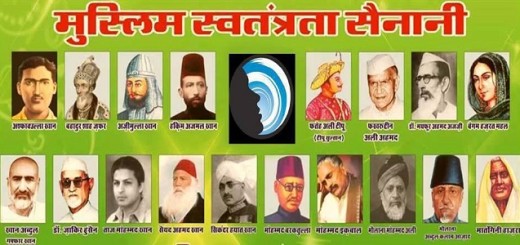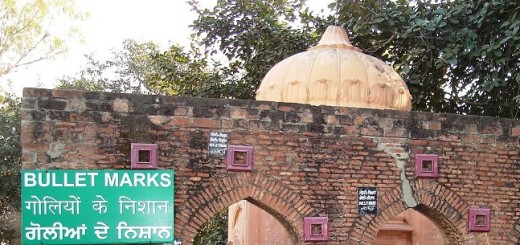Lachit Borphukan: The Unsung Hero Of India and Assam
History of India is full of heroes who fought against the enemies of their Motherland and successfully chased out the infiltrators from their homeland. During our school days, we have read the heroic stories of Chandragupta Vikramaditya, Maharana Pratap, Chhatrapati Shivaji Maharaj, Rani Lakshmi Bai, Shaheed Bhagat Singh, and many more. They all fought for the freedom of either their Kingdom or India and successfully saved their Motherland from foreign invaders. While we all know the heroic stories of many of the great kings and freedom fighters of India, we still lack the knowledge of many more.
One such name is Lachit Borphukan who successfully defended his kingdom from the Mughal invasion in the year 1671. The military techniques used by Lachit Borphukan were far advanced in that period and with the help of other Ahom Generals, he outnumbered the mighty Mughal Army. The Mughal Army was defeated by the Ahom army in the year 1671 due to which the north-eastern part of India was able to restore its identity. In this article, we would be covering some facts associated with Lachit Borphukan, how he managed to defeat the mighty Mughal Army, Role played by Lachit Borphukan in the Ahom Kingdom, and the impact of Lachit Borphukan in the History of North-East India. Through this article, we would try to let our leaders know about the legendary warrior of North-East India who holds a similar stature as Maharana Pratap or Chhatrapati Shivaji holds in the History of India.
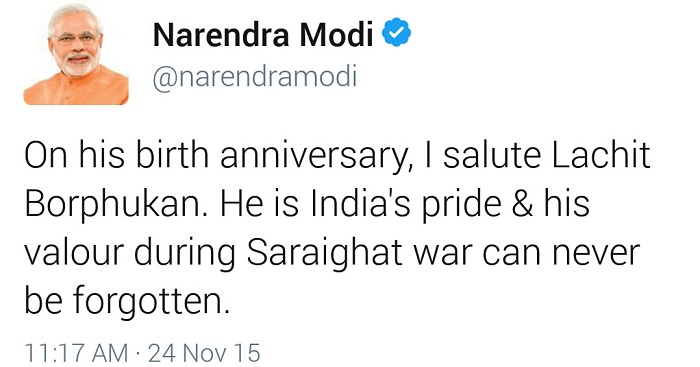
Lachit Borphukan holds the same importance as Chhatrapati Shivaji and Maharana Pratap but unlike these heroes very famous in India, the name of Lachit is hardly know to Indians (especially outside Assam). The school textbooks of CBSE and ICSE also lacks the name of Lachit as well as the history of North-Eastern India. The north eastern part of India is blessed with natural beauty and it has too produced legendary warriors but neither we know the name of warriors nor we know the history of the Eastern part of India. In our coming articles, we would be covering more about facts related to north-east India. For now, let us know about the great warrior of Assam i.e. Lachit Borphukan.
Also Read: Battle of Saraighat and Role of Lachit Borphukan
- Lachit Borphukan was born on 24 November 1622 to Momai Tamuli Barbaru who was a senior officer in the Ahom Kingdom. He was very interested in public administration and studied humanities, indigenous Indian scripture, and military skills. He became Royal Shawl Bearer at a very small age which was not an easy honor to achieve. He also performed the role of Head of royal stable and king head bodyguard.
- He was selected as Borphukan by King Chakradhwaj Singha. Borphukan was an administrative title within the Ahom Army and it meant the leader of the entire Army. During Lachit time the Ahom Army was divided into Deka (10 Soldiers), Bora (20 Soldiers), Saikia (100 Soldiers), Hazarika (1000 soldiers), Rajkowa (3000 Soldiers), Phukan (6000 Soldiers) and finally Borpuhukan (leader of the entire army). It was due to his title that he was called Lachit Borphukan.
- He is most famously known for the key role played during the Battle of Saraighat where Ahom Army defeated the Mughal Army and established control on the eastern part of India. After their defeat in the Battle of Saraighat, Mughals never tried to attack the eastern part of India again.
- Lachit came into prominence when he recovered the city of Guwahati from Mughal control in the year 1667 and for this, he was presented with a Gold-Plated Sword and a Hengdang. After the humiliating terms of Treaty of Ghilajharighat, when the morale of Ahom Army and its people was down, he spent 4 years in rebuilding the army, recruiting new solider, construction of boats for the navy, upgrading weapons, acquiring cannon and strengthening the forts under control of Ahom Kingdom.
- At the same time when the rebuilding of the Ahom army was going in, Lachit fooled the Mughal Generals of their preparation by keeping friendly relations. He used to give gifts and show maturity in talks while dealing with Mughal Generals so that they don’t have any doubt of Ahom’s Army preparations.
- “Desh t koi Momai danor Nohoi” is a very famous sentence in Assam meaning “My uncle is not greater than my country“. This sentence was said by Lachit when he beheaded his own uncle. The story about this quote is as follows: “During the preparations for the battle he ordered the fortification to be constructed within one night and employed his maternal uncle as the supervisor. His uncle was a lazy guy and assumed that it is not possible to complete the task overnight and delayed the work. when Lachit came for inspection, he found that the work was not progressing satisfactorily. When asked for an explanation his uncle failed to provide any satisfactory explanation. Lachit became so angry that he beheaded his uncle saying “Desh t koi Momai danor Nohoi”. Seeing this other soldiers started working immediately and completed the fortification. Later in the war, the fort played a significant role in Ahom victory and the quote is still used to inspire people.
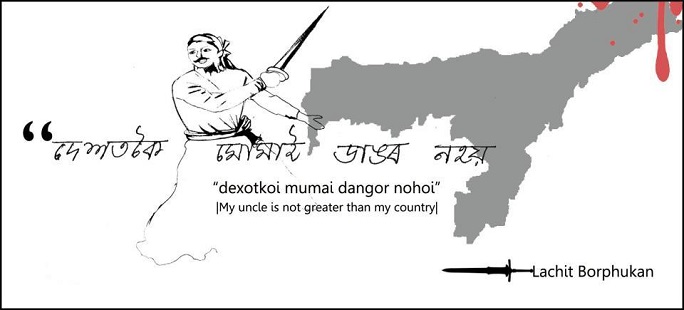
- The Mighty Mughal force of Aurangzeb (1800 Turkish cavalry, 30,000 infantry, and 500 cannons) under the command of Raja Ram Singh and Rashid Khan was defeated by Ahom Army headed by Lachit Borphukan. Lachit used the terrain of Eastern India and using guerrilla warfare he exploited the weakness of Mughal Forces.
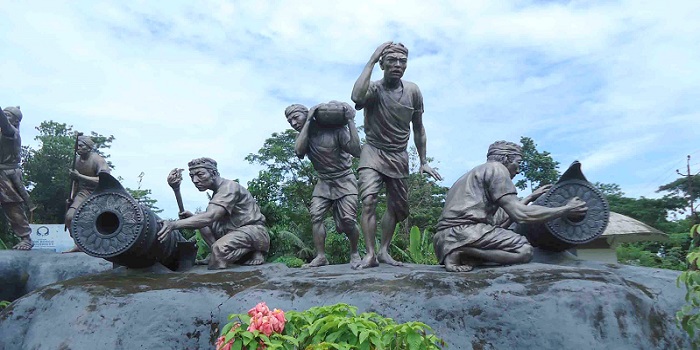
- The best passing out cadet from one of the prestigious institutions of India i.e. National Defense Academy has conferred the Lachit Borphukan Gold Medal every year from 1999. Also, 24th November is celebrated as Lachit Divas (Lachit Day) in the state of Assam to commemorate the heroism of Lachit Borphukan and to celebrate the victory of the Ahom Army on Mughal Army at the Battle of Saraighat.
- In Jorhat, Assam a museum is constructed in the memory of Lachit Borphykan which is known as “Lachit Borphukan’s Maidan”. It is nearly 8KM from the Hoollongapar Gibbon Sanctuary and the last remains of Lachit Borphukan were laid under his tomb constructed by Swargadeo Udayaditya Singha in 1672. Lachit Maidan has a building called Lachit Bhawan which also serves as a Museum. People visit here to know more about the legendary fighter of Assam.
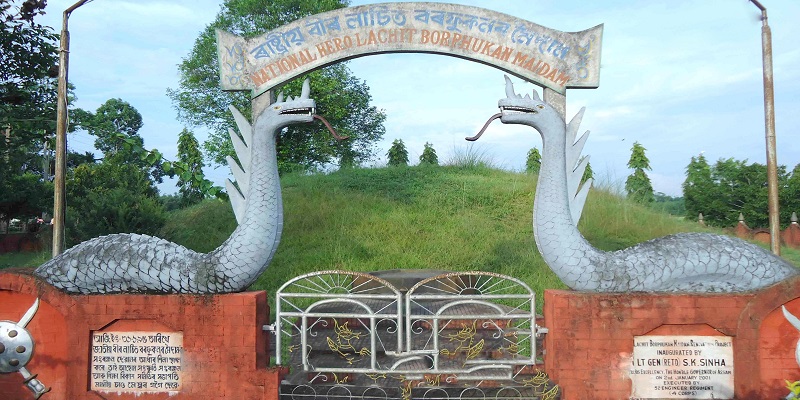
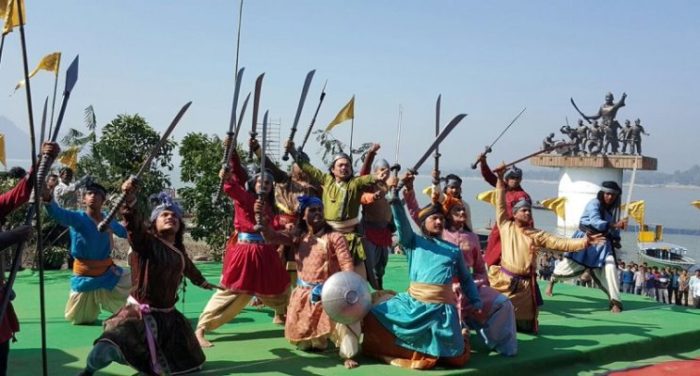
After reading all the facts about Lachit Borphukan, one can understand the importance of Lachit Borphukan in the History of India but I am sure if the name of Lachit Borphukan is asked to the majority of India, they will fail to acknowledge the name. Even the history textbooks of India lack the name of Lachit Borphukan just because he was born in the eastern part of India. Medieval India witnessed the heroism of some of the legendary fighters but it is unfortunate of us that we remember the name of Maharana Pratap and Chhatrapati Shivaji but never ever heard the name “Lachit Borphukan”.

